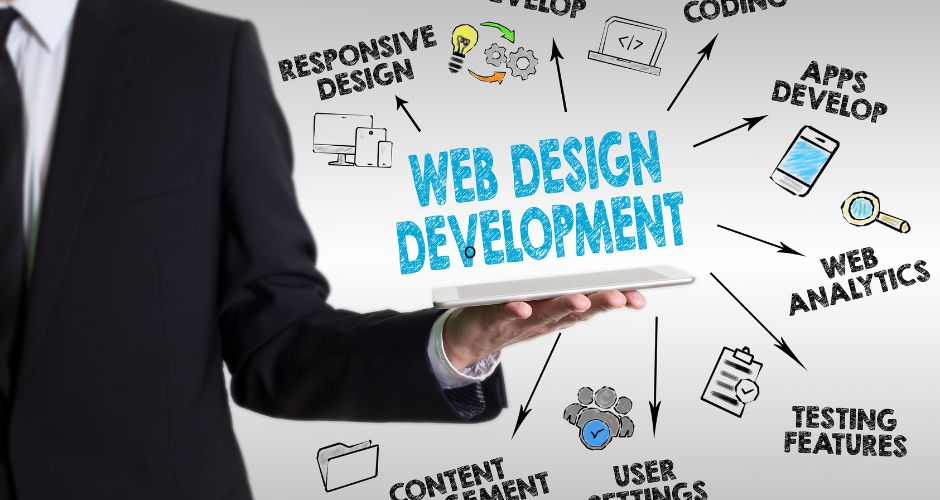
Designing a website using WordPress for a service-based business involves several key steps. Here's a comprehensive guide to help you create a service-based website:
By following these steps, you can create a professional and effective service-based website using WordPress. Consider seeking professional assistance if you need advanced customization or specific functionalities.
Creating a job portal and real estate CRM involves a combination of web design and web development. Here's a general overview of the process:
Consider seeking professional assistance, especially if you're not experienced in web development, to ensure a robust and secure implementation of your job portal and real estate CRM.